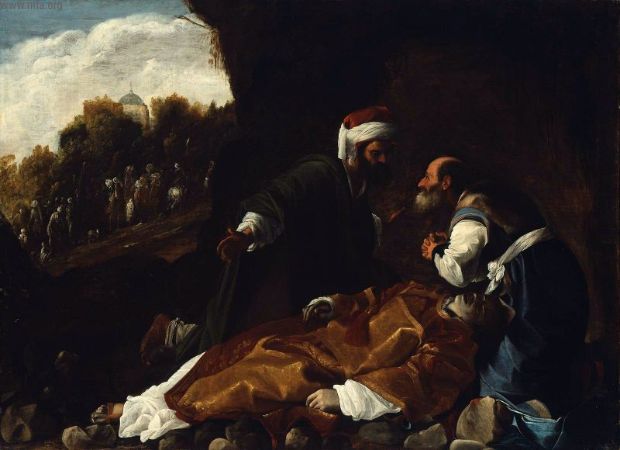The word appears six times in Mark (Mark 3:5, 34; 5:32; 9:8; 10:23; 11:11), but only once in the rest of the New Testament (Luke 6:10, parallel to Mark 3:5).
From Ezekiel 17:24 and 21:3 to Luke 23:31: A Survey of the Connecting Jewish Tradition
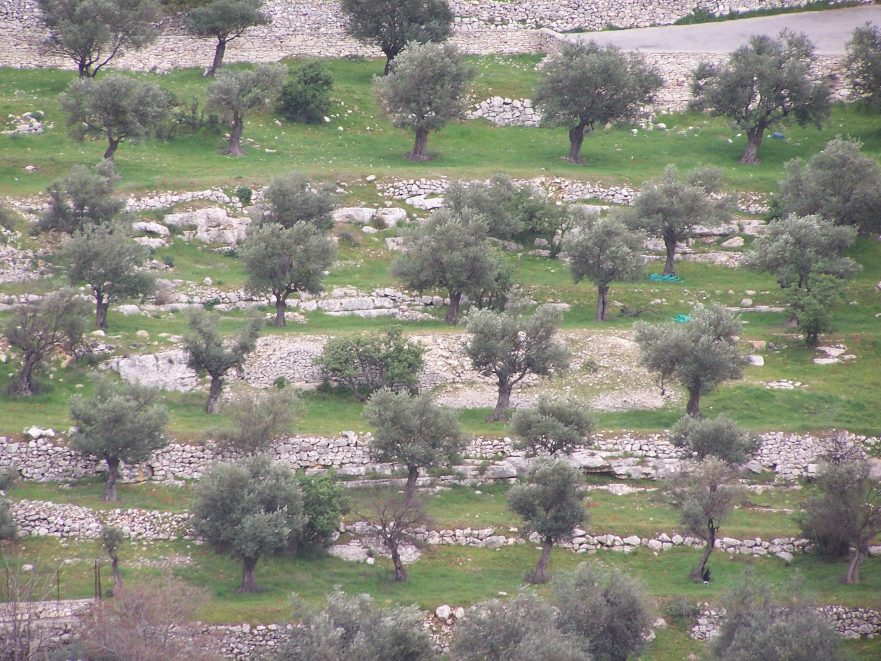
Introduction
Material from Ezekiel 17:24, and more often 21:3 (20:47 in the English Bible) has often been cited as the source of Jesus’ saying in Luke 23:31, “If they do this when the wood is green, what will happen when it is dry?” Other commentators have questioned this assumption. If the material was borrowed from Ezekiel, however, was it borrowed directly or was it sifted through hundreds of years of usage, only to find its way into the mouth of Jesus?
When addressing these questions, it becomes immediately apparent that despite the numerous interpretations offered, there has been no attempt to gather all the pertinent sources together. Nor has there been any attempt to offer anything resembling a comprehensive analysis of all the relevant material.
Jesus’ Jewish Command to Love
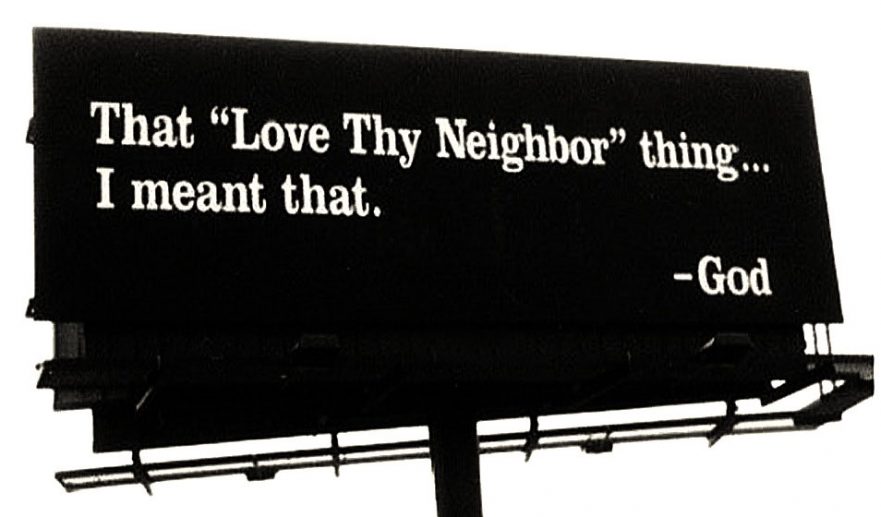
Mercy and love demonstrated to those who were undeserving was understood to reflect God’s own character: “Be merciful as your father in heaven is merciful” (Luke 6:36)…. Unfortunately, what readers often miss in Jesus’ command is the recognition that his high calling “to love those who hate you” (Luke 6:27) is essentially built upon similar notions voiced by his contemporaries, and yet at the same time it remains a bold and unique contribution to Jewish thinking in the first century.
The Sabbath Was Made for Man
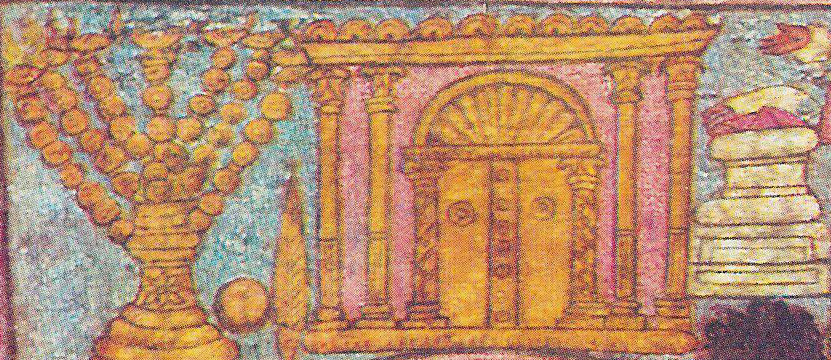
— wp:paragraph {“dropCap”:true} –>
In “Something Greater Than the Temple” we investigated the incident of the plucking of the grain on the Sabbath (Matt. 12:1-8; Mark 2:23-28; Luke 6:15).
The Theological Significance of the Parable in Rabbinic Literature and the New Testament
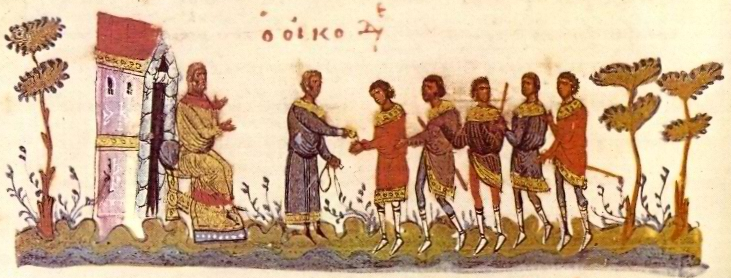
When he was alone, the Twelve and others who were around him questioned him about the parables. He replied, “To you the secret of the kingdom of God has been given; but to those who are outside, everything comes by way of parables, so that (as Scripture says) they may look and look, but see nothing; they may hear and hear, but understand nothing; otherwise they might turn to God and be forgiven.”
(Mark 4:10-12; NEB)
Threading a Needle
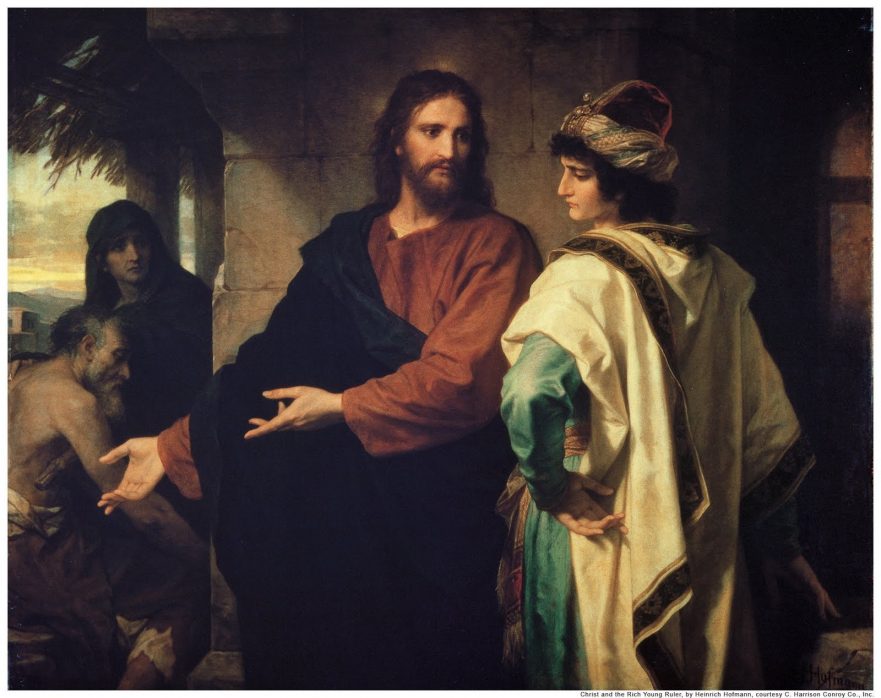
Just like Peter (Luke 5:11) and Levi (Luke 5:28), this man received an invitation to follow.
A Time To Fast?
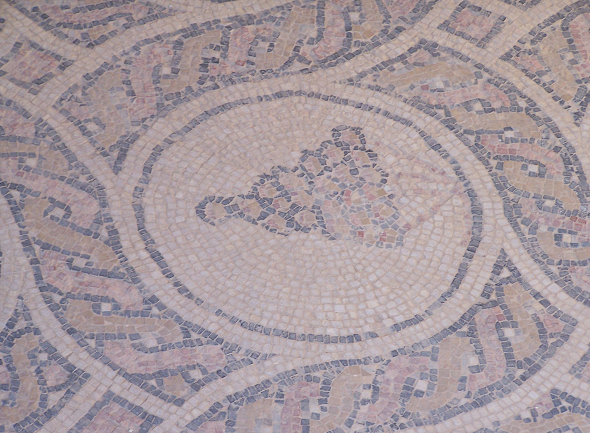
(Luke 5:33-39. … Therefore let us take another look at the observation made about Jesus’ disciples, and also his response as it is recorded in Luke 5:33-39, to see whether we can make any more sense of it. … Instead, arguing for the unity of Luke 5:33-39, we shall attempt to prove that Jesus’ reply was pertinent to the issue raised, and dealt with it in such a way as to reveal Jesus’ skill and subtlety as a teacher. … In which case, we might conclude that Luke condensed the episodes by including the disciples of John in the dinner guest’s observation (Luke 5:33) while Matthew condensed the episodes by having John’s disciples show up at the banquet, or at least immediately after the banquet narrative.
What Did Jesus Mean by “Do Not Judge”?

(Luke 6:36-38; NIV) Jesus’ teaching on judging is one of his most frequently misunderstood sayings, sounding as if he is saying, “Have no discernment. … One of Jesus’ sayings regarding judging is nearly identical to other rabbinic sayings on the subject: “For in the way you judge, you will be judged; and by your standard of measure, it will be measured to you” (Matt. 7:2; Luke 6:38). … If that is the understanding behind Jesus’ use of the words, “Do not judge” in Luke 6:36-38, it forms a six-fold parallelism!
Divorce and Remarriage in Historical Perspective
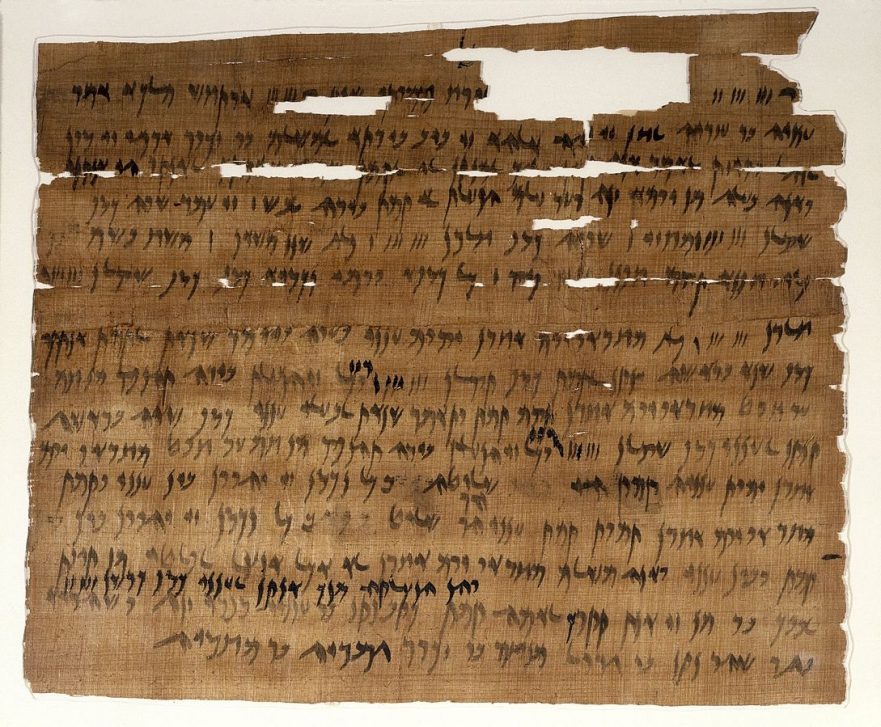
However, in the best manuscript readings of Luke 3:19 and Matt. 14:3, her husband is unnamed.
Jesus’ Use of “Amen”: Introduction or Response?

In Luke 4:24, Jesus uses “amen” in a similarly ironical fashion.
“Verily” or “Amen”—What Did Jesus Say?
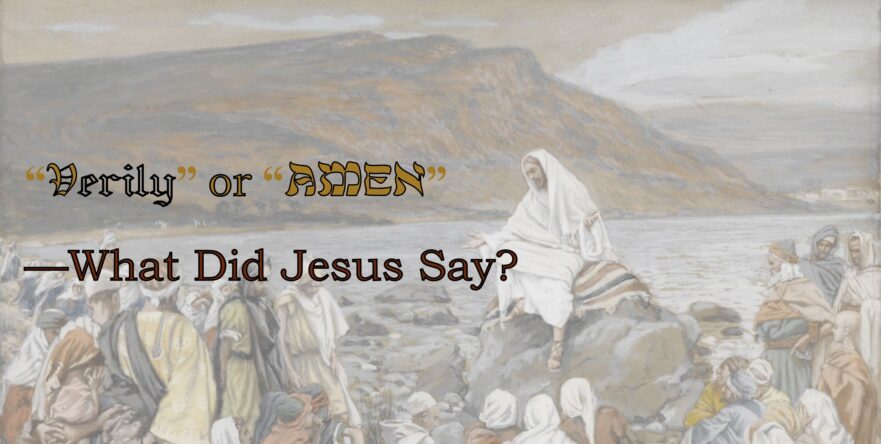
., eleven times in Mark and six times in Luke (Luke 4:24; 12:37; 18:17, 29; 21:32; 23:43 ).
A New Approach to the Synoptic Gospels
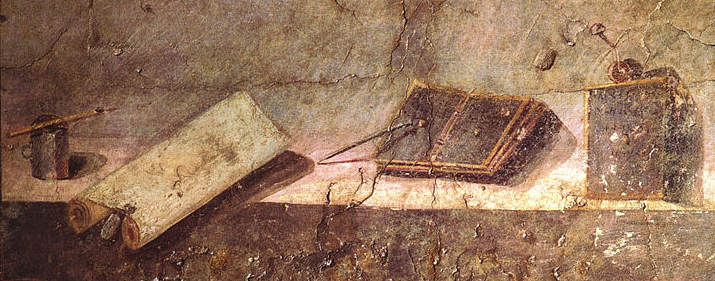
It is easy to claim new solutions and new approaches to familiar problems. But in the field of New Testament research it is much harder to make these claims stick.
The Messianic Consciousness of Jesus: Lesson 09
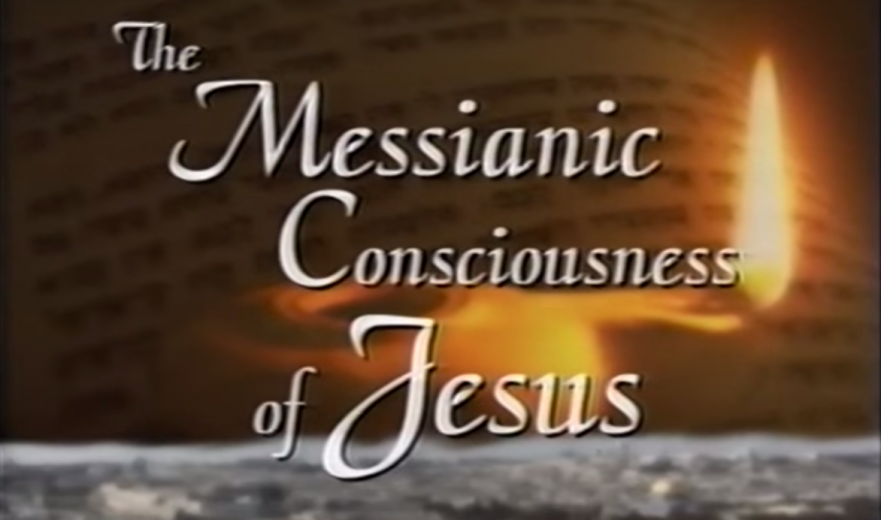
Lesson Nine deals with Jesus’ riddle about the Messiah and David’s Son (Matt. 22:41-46; Mark 12:35-37; Luke 20:41-44) and the Healing of the Paralyzed Man story (Matt. 9:1-8; Mark 2:1-12; Luke 5:17-26).
“Yeshua and Levi the Toll Collector” complex
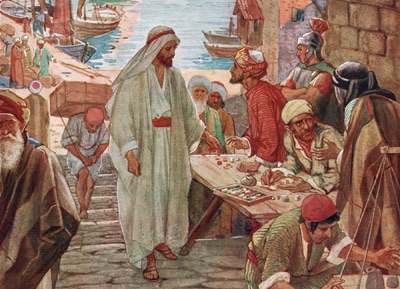
— wp:paragraph {“dropCap”:true} –>
While participating in a seminar on the Synoptic Gospels with David Flusser in 1978, Robert Lindsey noticed that there were important verbal and thematic links between the story of the toll collector whom Jesus called as his disciple (Luke 5:27-32) and the twin similes about how God rejoices whenever a sinner repents (Luke 15:1-10).
Spoken Languages in the Time of Jesus
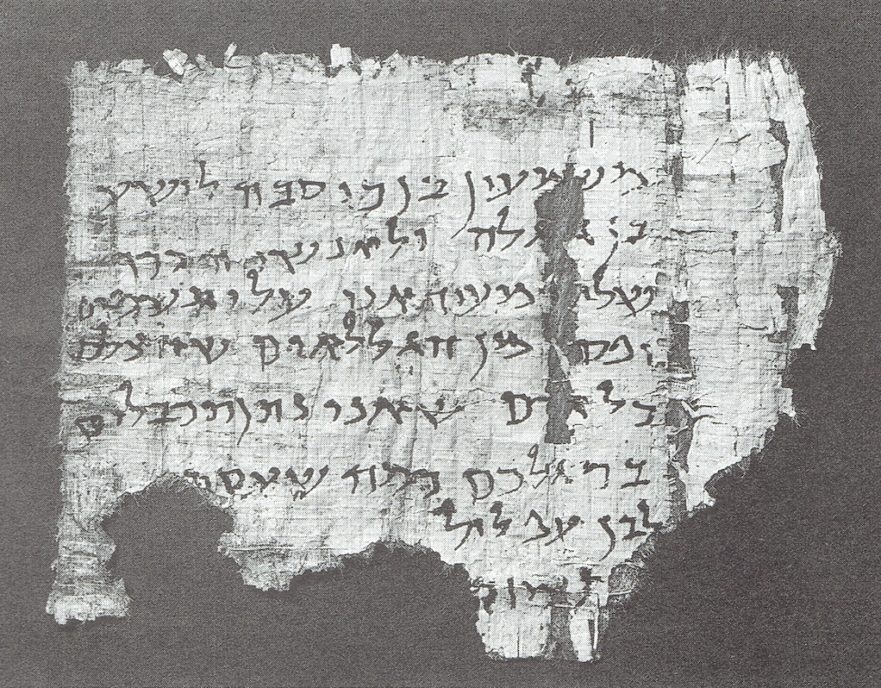
How to cite this article: Shmuel Safrai, “Spoken Languages in the Time of Jesus,” Jerusalem Perspective 30 (1991): 3-8, 13 .
Ossuary Inscriptions from the Caiaphas Tomb
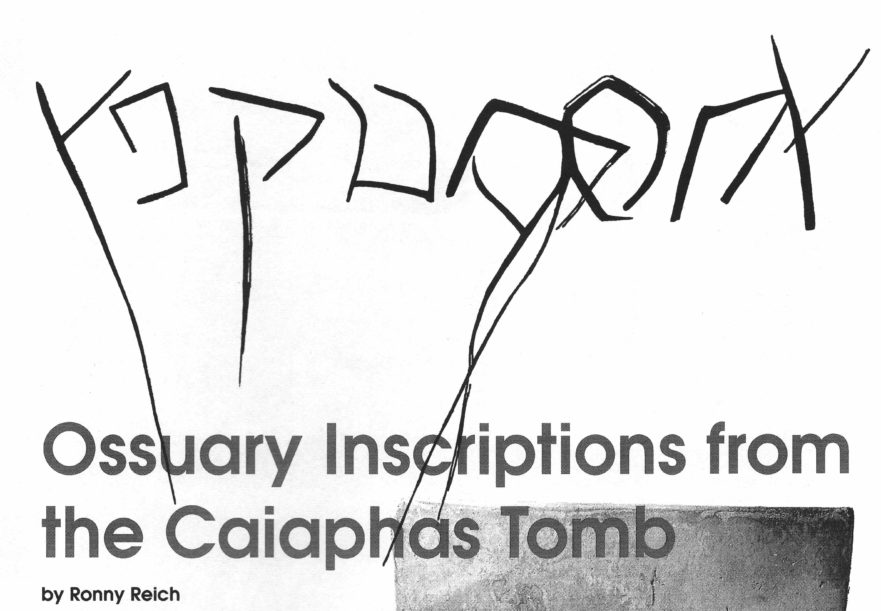
How to cite this article: Ronny Reich, “Ossuary Inscriptions from the Caiaphas Tomb,” Jerusalem Perspective 33/34 (1991): 13-22 .
The ossuaries Zvi Greenhut excavated from a burial cave in the south of Jerusalem bear several inscriptions.


